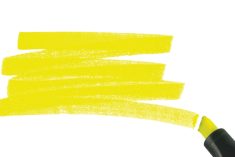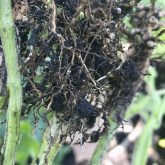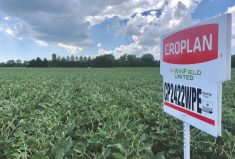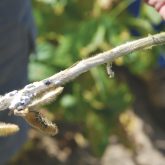For most growers, yield isn’t just an important metric, it’s the only metric.
Researchers and plant breeders have explored new methods to address diseases or pests, but these advances can have trouble gaining traction without translating to more bushels in the bin.
Matt Rundle is trying to shift the focus on performance by examining more of the physiological properties of plant growth in soybeans. He’s working with Hugh Earl, Dave Hooker and Istvan Rajcan from the University of Guelph and Horst Bohner of the Ontario Ministry of Agriculture, Food and Rural Affairs on a three-year project to measure critical variables during growth stages R2 to R5. He’s measuring in-season characteristics that aren’t standard, with the goal of determining how crop growth rate relates to final yield components such as pod numbers, seeds per pod and seed size.
Read Also
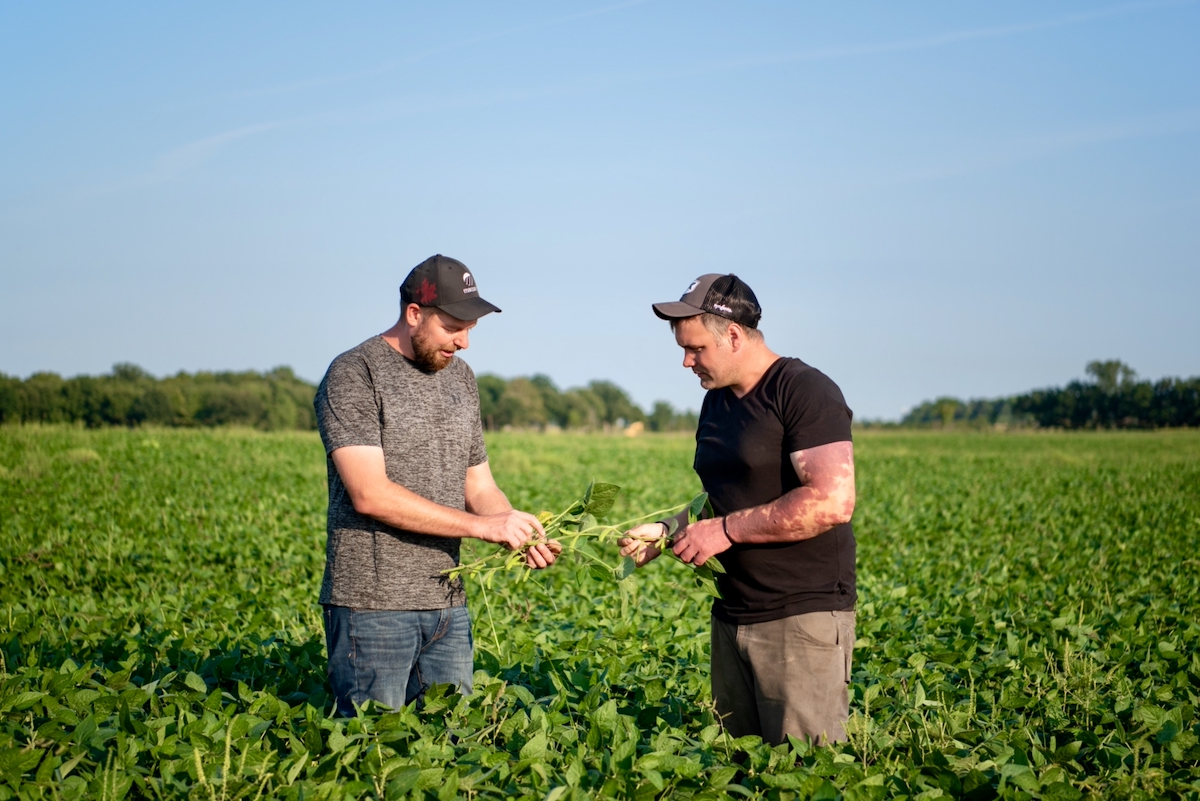
Ontario farmers partner for success
Ontario business partners, Matt Bergman and DJ Wassenaar, have been farming together for 10 years. Their focus on integrating unconventional…
The study is the basis for his master’s degree and is funded by OMAFRA and Grain Farmers of Ontario.
Better beans
Rundle is trying to quantify the effects of location and management on dry matter accumulation, yield and yield components. He’ll attempt to correlate crop growth rate at different times of the growing season with variation in final yield components across a variety of management practices.
“Some of the work may not directly correlate to a new agronomic practice that you can apply to increase farm revenue,” says Rundle, now a product placement scientist with Syngenta’s North American seeds development team. “That’s what the agronomic work is doing but some of this physiology work creates knowledge that we can build on for future practices or products we can bring to market.”
The R2 to R5 stages encompass flowering and determine the level at which that range is a determinant of yield, based on pod numbers, seeds per pod and seed size. Some of the traits he’s tracking include above-ground biomass, interception of incoming solar radiation into the canopy and greenness in the canopy.
The study uses a randomized complete block design at three sites — Woodstock, Maryhill and Elora — giving Rundle nine site years of data from three varieties and four replications per site. The three varieties were selected from the Ontario Soybean and Canola Committee trial summaries for their above-average performance and same days to maturity, approximately 2750 to 2775 crop heat units. Plots are planted to 15-inch rows, 160,000 seeds per acre with insecticide, fungicide and inoculant seed treatments. The sites are kept weed free with soil-applied and in-crop applications, and scouted for insects with spray applications as required.
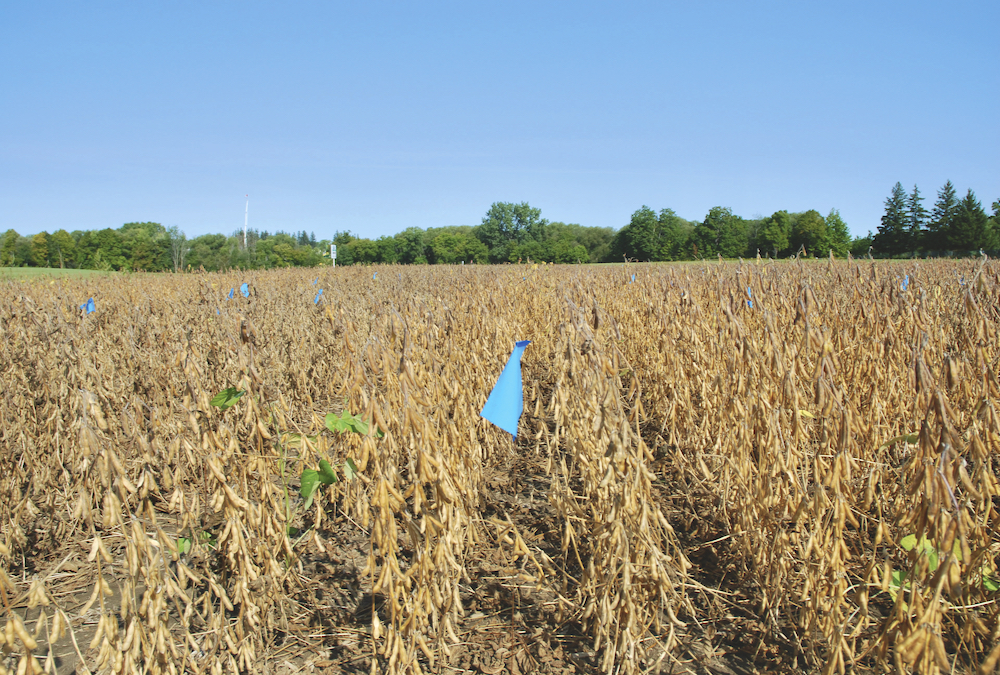
‘The 100-bushel challenge’
The research began in 2021 and will continue through the 2023 growing season. Although it’s been dubbed “The 100-bushel challenge,” Rundle notes the 100-bushel mark has been eclipsed, and genetic yield potential continues to climb.
“To be honest, we may not get (to 100 bushels),” says Rundle. “But we wanted to shift the narrative away from the notion that if we don’t hit 100 bushels, we’ve failed. This is about these other pieces we’re considering.”
Rundle concedes most growers aren’t concerned with greenness in the canopy or radiation-use efficiency, but he wants to use the data to summarize the findings that could be used in a management practice, not as a means of discovering a “silver bullet.”
“It’s not this targeted approach to find one way to achieve higher yields, it’s understanding more about the plant which enables us to hit higher yields in the future. Beyond that, we’ve learned all of this from our crop growth rate measurements or canopy greenness or the radiation use efficiency, but there may be unanswered questions at the end. That’s the fun of it: this may create more opportunities for master’s students to look at this and follow it up.”
Confirming past studies
Despite conducting more than 700 soybean trials, Horst Bohner knows there’s an opportunity to learn more beyond the standard metrics he’s been studying for the past 20 years. This project isn’t about repeating aspects of his research or testing every foliar fungicide.
“I’m curious because we’ve often observed that inputs are not additive for soybeans like other crops,” says Bohner, soybean specialist with OMAFRA. “In other words, 1 + 1 does not equal 2 but rather 1 + 1 = 1. This is non-linear, where you’re determining whether you’re addressing the same shortcomings of yield potential. For example, a little nitrogen might be doing the same thing as early planting.”
In the first two years of the project, the average non-irrigated field response was 6.5 bu./ac. in high management over the untreated control. But is that a reflection of doing those things that are known to be “right” to get a 6.5 bu./ac. response? Or is that tied to the physiological factors associated with growth rates at R2 to R5?
“We’re not necessarily trying to focus on which inputs are economical at each site for this project,” Bohner says, citing soil-applied fertilizers with 100 pounds of actual N, twice per season as an example. “Ultimately, we’ve had some nice differences in yield with respect to different sites.”
Bohner says the three most commonly cited influences on yield are variety, good soil and weather (climate). It’s possible to have a 6.5-bushel response from enhanced soil test levels or a better N response during a dry year. He hopes Rundle’s work can help determine the fundamental differences between a plant that yields 100 bushels and one that yields 50.
“We need a couple of more years of data to tease out the details of what works best. The good news is that we have a lot more space upwards in the potential for soybeans compared to other crops like corn.”
The pot test
The opportunity to study the physiological factors in soybean production is of particular interest to Hugh Earl. In a separate component, also funded by the GFO and OMAFRA, Earl tried something he’s wanted to do for years. He’s growing the same variety in the same field at the same time, but growing it in pots in an adjoining irrigated plot, effectively eliminating water as a limiting factor. The responses he saw in 2022 were surprising: 78 bu./ac. in the field but 88 bu./ac. in the pots.
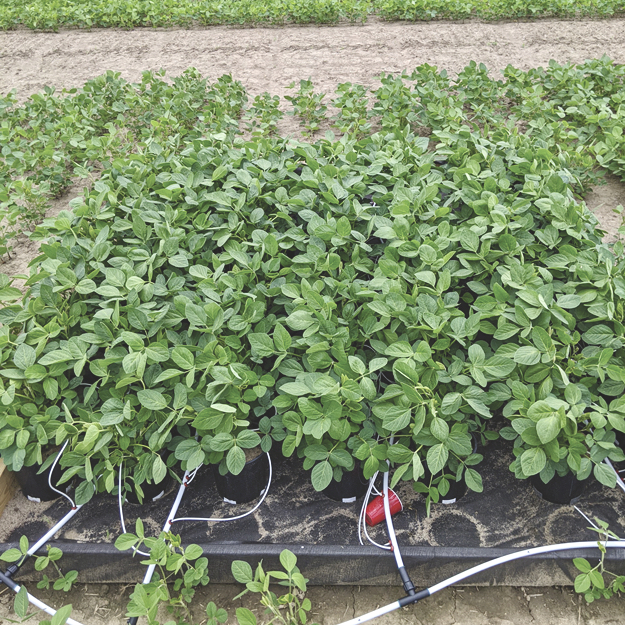
“Those plants in the pots had far more biomass and grew ‘leggy,’” says Earl, associate professor of crop physiology at the University of Guelph. “I honestly believe that if everything was perfect below ground, we’d be far above 100 bushels. But then the question is could you ever do that? Probably not — there’d be some fundamental limitations of the soil — maybe its ability to move water towards the roots fast enough.”
It’s the opportunity to study the plant physiology that’s intriguing: how were high-yielding plots different from low-yielding plots? Were there more plants per metre squared? Were there more pods per plant or seeds per pod or were the seeds larger?
“Which physiological component varies when you have big yield differences?” Earl asks. “In soybean, that’s almost always pod number. Sometimes seed size will come into it, especially with late-season stress. For every point in the season, you can determine how fast ‘this’ plot is growing, or how fast ‘that’ plot is growing. The growth rates are telling you what kind of photosynthetic rate it is at that time of the season and every yield component has a point in the season where growth rate is going to have the biggest effect.”
Based on that measurement, Earl contends pod numbers are determined between R3 and R5, and a high crop growth rate will determine the pod number. A little later in the season, the effect will be greater on the number of seeds in the pod, and on seed size much later.
“The idea is to look at all of these location years and treatments and say, ‘How do big yields compare to little yields in terms of which yield component is affected, and where in the season was that yield component determined?’”




